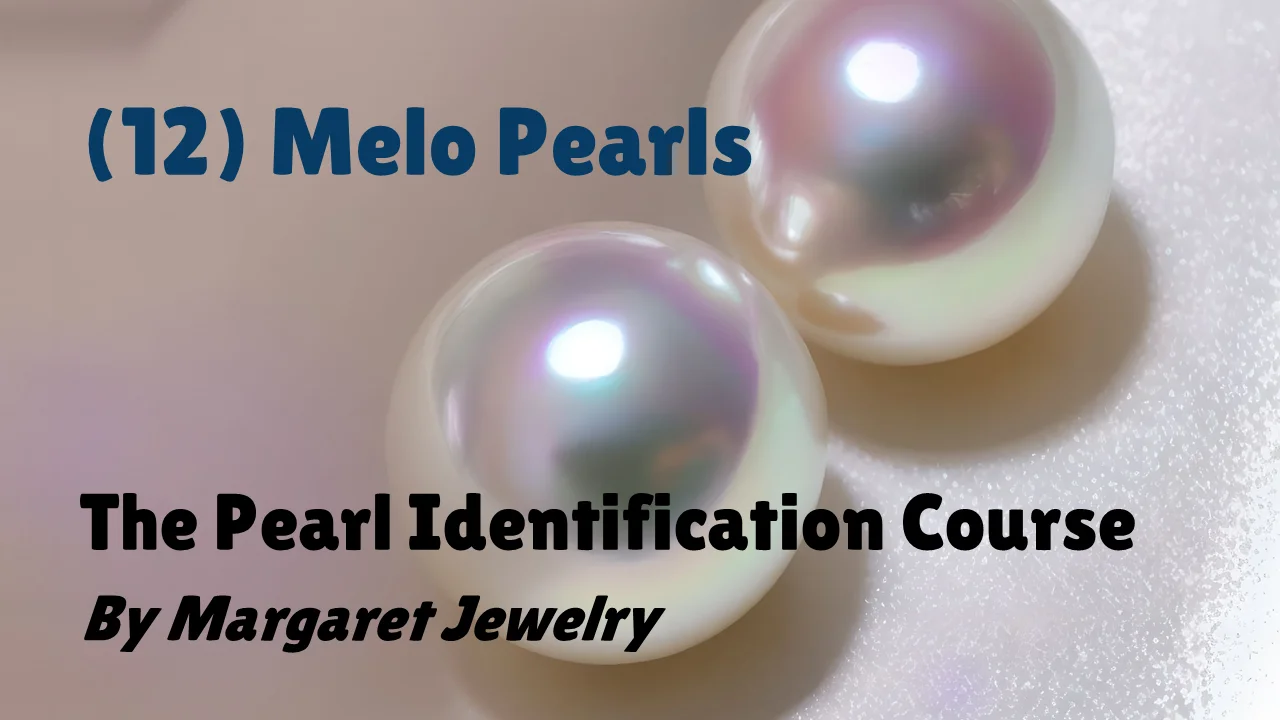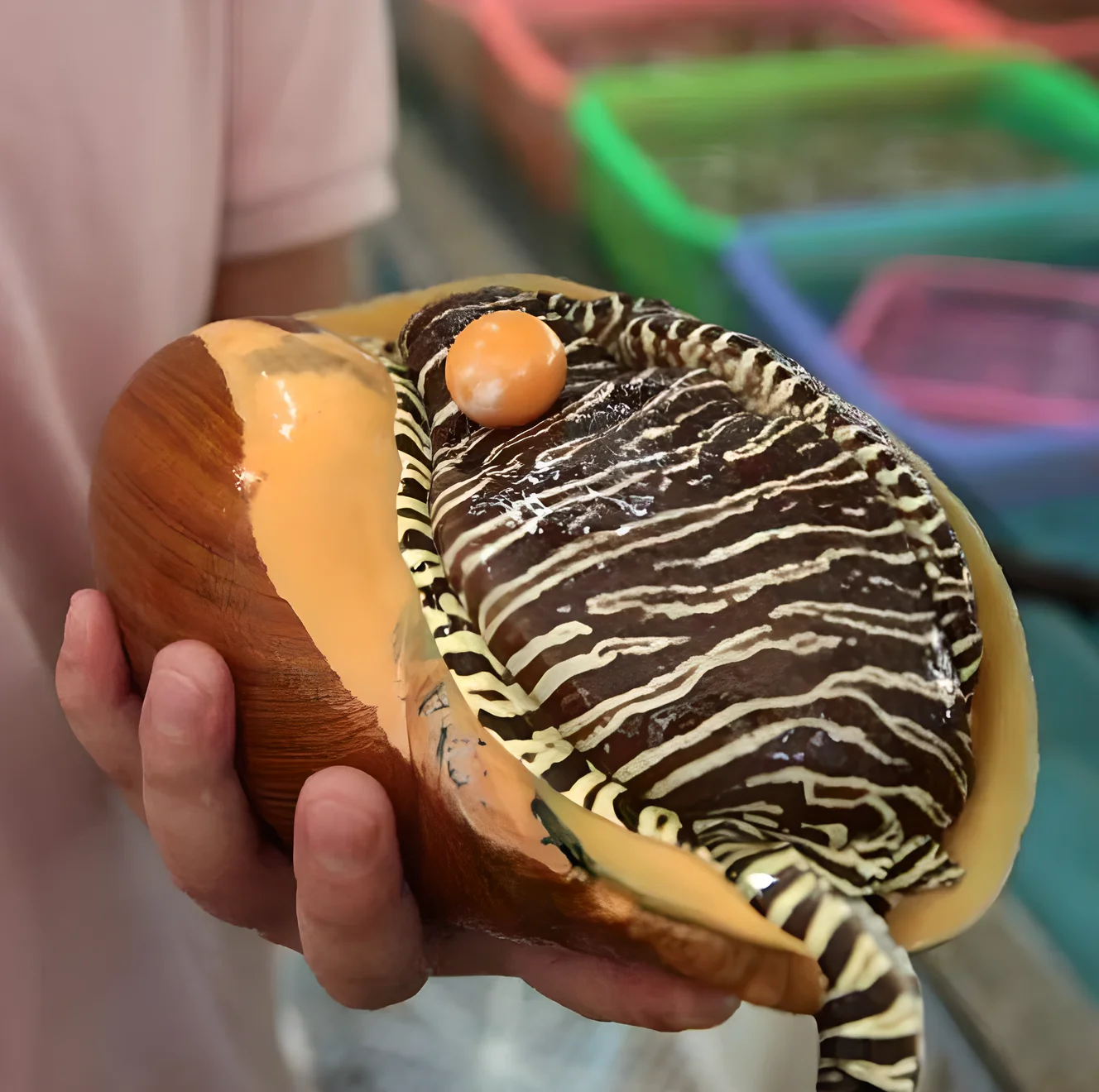Lesson12: Melo Pearls

1. Introduction
Also known as Flame Pearls or Dragon Pearls, Melo Pearls are an exceptionally rare and uniquely wild type of pearl.
2. Origin
Melo Pearls are found in specific regions of the Southeast Asia and Indo-Pacific seas, including Myanmar, Thailand, and Vietnam.
3. Host Mollusk
Melo Pearls are naturally formed within the large sea snail known as Melo Melo, which inhabits warm tropical waters.

4. Characteristics
These pearls possess a porcelain-like luster and are notably hard, with a Mohs hardness of approximately 4.5 to 5. The most valuable colors resemble the vivid orange hue of ripe cantaloupe. Internally, they feature intricate flame-like patterns, resembling iridescent clouds and intertwining flames, which gives them a distinctive appearance.

5. Production
The yield of Melo Pearls is extremely scarce, with a formation probability of less than one in a thousand. Due to the inability to cultivate them artificially, their formation relies entirely on nature. As a result, their numbers are incredibly limited; it is estimated that fewer than 300 Melo Pearls exist worldwide, further enhancing their rarity.
6. Value
Melo Pearls are highly prized in the collector’s market. Their prices vary depending on size, color, and the beauty of their flame patterns. Generally speaking, Melo Pearls command extraordinarily high prices, especially those with classic orange hues and clear flame patterns. In a 2003 Hong Kong auction, a 20-gram Melo Pearl sold for $2.7 million, setting a world record for a single pearl transaction. By 2023, reports indicated that a Melo Pearl the size of a coin was valued at around 1.75 million RMB.
